Ravichandran Ashwin shares cryptic “Just Leave It” post — fans react
Ravichandran Ashwin has long been one of Indian cricket’s most thoughtful and outspoken voices. So when he posted a brief, cryptic image that read “Just leave it” after India’s recent defeat to Australia, social media did what it always does: it zoomed in, speculated, and debated.
Below I break down what happened, why fans are reading into it, and how players, context and timing matter — with reliable sources and clear context so you can understand what’s factual and what’s just online noise.
What Ashwin posted and when
On October 23, 2025, former India off-spinner Ravichandran Ashwin shared a minimalist post on his social account featuring a Nike-style tick in the Indian tri-colours and the three words “Just leave it.” The image was short, visually striking, and—crucially—ambiguous. News outlets and cricket pages picked it up within hours.
Why the wording mattered
Ravichandran Ashwin’s phrase flips Nike’s famous “Just Do It” into “Just leave it,” which is both familiar and cutting. The brevity left room for interpretation: some saw it as a personal reflection, others as a public nudge. Because Ashwin is respected and his posts often spark conversations, fans immediately tried to connect the dots.
The immediate context: India’s loss to Australia
The post appeared after India’s narrow defeat in the second ODI of the series at Adelaide — a match that left the series effectively decided in Australia’s favour. Virat Kohli’s twin ducks in the opening two ODIs had already ignited retirement whispers and intense fan chatter. Given that sequence, many interpreted Ashwin’s line as a commentary on the team’s form or specific players.
Why fans linked the post to Virat Kohli
When a senior figure posts something ambivalent following a high-profile player’s poor outing, fans naturally speculate. Several outlets and social-media threads suggested Ashwin might have been addressing Virat Kohli’s future or the broader conversation around form and retirement. Some fans read it as a blunt “leave it” — asking the public or the player to move on. Others saw a veiled prompt for Kohli to reconsider his international future after a difficult run.
Reactions on social media — the spread and split
Social platforms showed a typical split reaction:
- Supporters of Ravichandran Ashwin’s sentiment argued he was urging calm, asking fans and pundits to stop overreacting to a couple of poor performances.
- Speculators suggested it was a direct nudge at senior players, especially Kohli, who has been at the centre of retirement chatter.
- Critics and jokers turned the image into memes and alternate captions, widening the reach beyond cricket-only circles.
Multiple news sites ran takeaways and op-eds, which further amplified the story. That cycle — post → speculation → coverage → more speculation — is exactly how short cryptic posts become big talking points.
What Ashwin’s track record suggests about intent
Ravichandran Ashwin isn’t new to candid social commentary. Over the years he’s shared opinions on technique, selection and the mental side of the game. That history makes his words carry weight, but it doesn’t automatically prove any single interpretation. Ambiguity can be deliberate — sometimes the point is to make people think, not to issue an instruction. Consider this: public figures often use short posts to provoke healthy debate rather than to deliver direct instructions.
What we don’t know (and why that matters)
There’s no confirmed direct message from Ravichandran Ashwin clarifying the post’s intended target or meaning. He didn’t attach a caption that explained the image, and he hasn’t — as of the latest coverage — followed up with an explanation. That means every interpretation is speculative until he speaks. Responsible reading: it’s fine to discuss and interpret, but avoid treating speculation as fact.
How players and fans can respond constructively
Here are a few practical ways fans and players can react to cryptic posts that might otherwise inflame online chatter:
- Pause before assuming intent. A single image can’t convey nuanced counsel.
- Look for follow-ups. Public figures often explain themselves later or reply to a question.
- Focus on cricketing context. If a post follows a bad loss, the sporting angle is the safest interpretive lens.
- Avoid personal attacks. Social media can magnify heat; keep debates focused on performance and tactics.
Bottom line: still open to interpretation
Ravichandran Ashwin’s “Just leave it” post is a classic example of how short, well-timed content can spark wide speculation. It’s newsworthy because of Ashwin’s stature and the timing after India’s loss — but the post itself is deliberately ambiguous. Until Ashwin clarifies, multiple readings will coexist: a call for calm, a pointed nudge, or a simple personal note.
If you want straight facts: Ravichandran Ashwin posted the image on October 23, 2025, after India’s Adelaide defeat, and outlets from Moneycontrol to India Today covered the reactions and fan theories. Those reports make a reliable base for understanding the buzz — but remember, interpretation goes beyond the available facts.
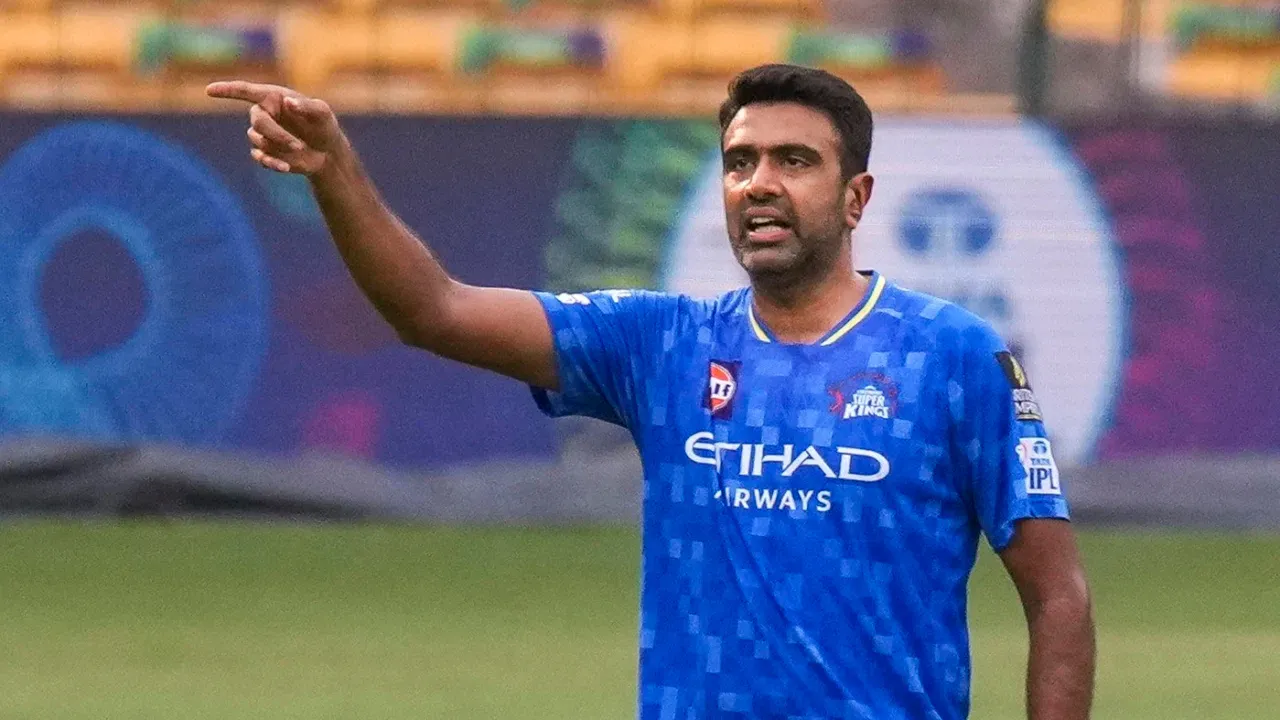
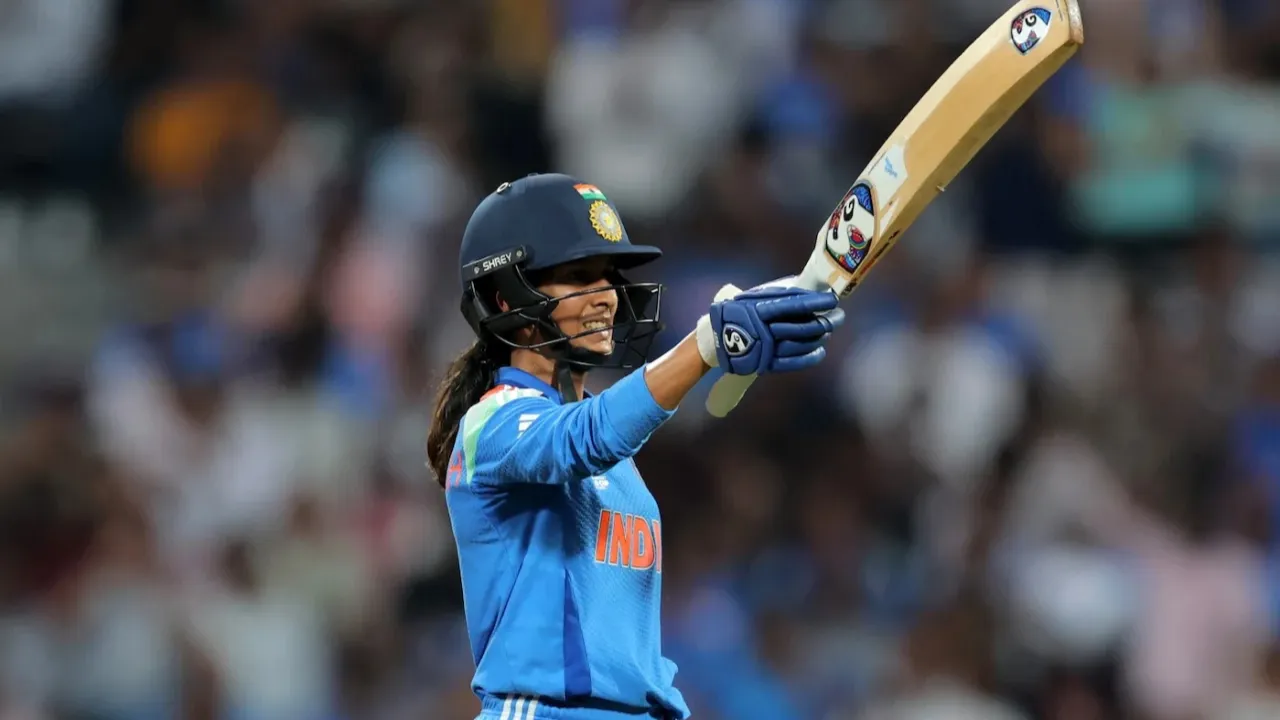
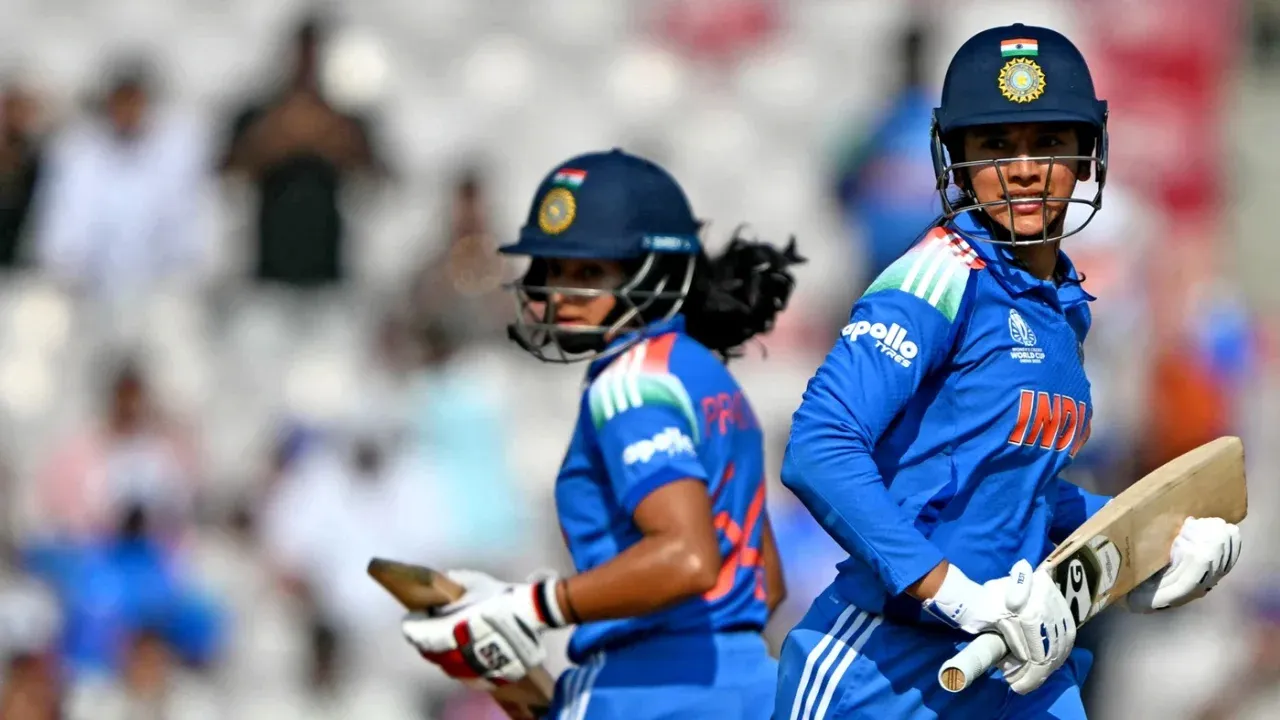
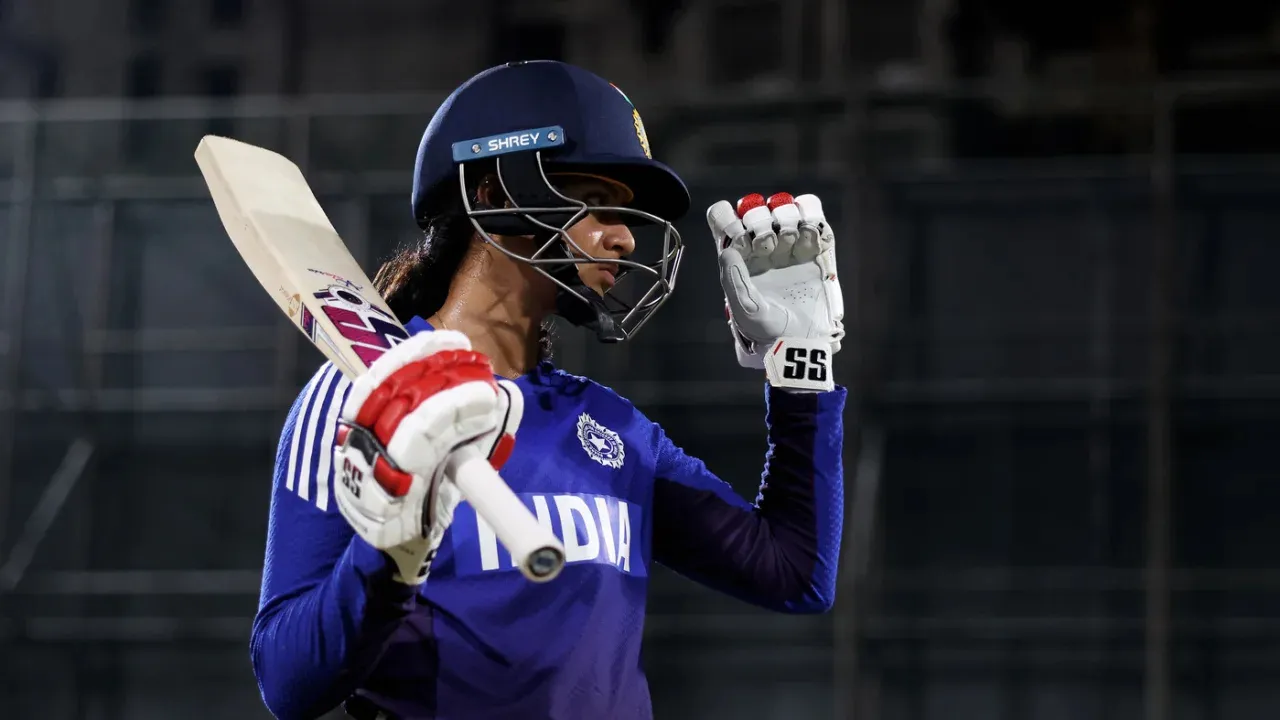
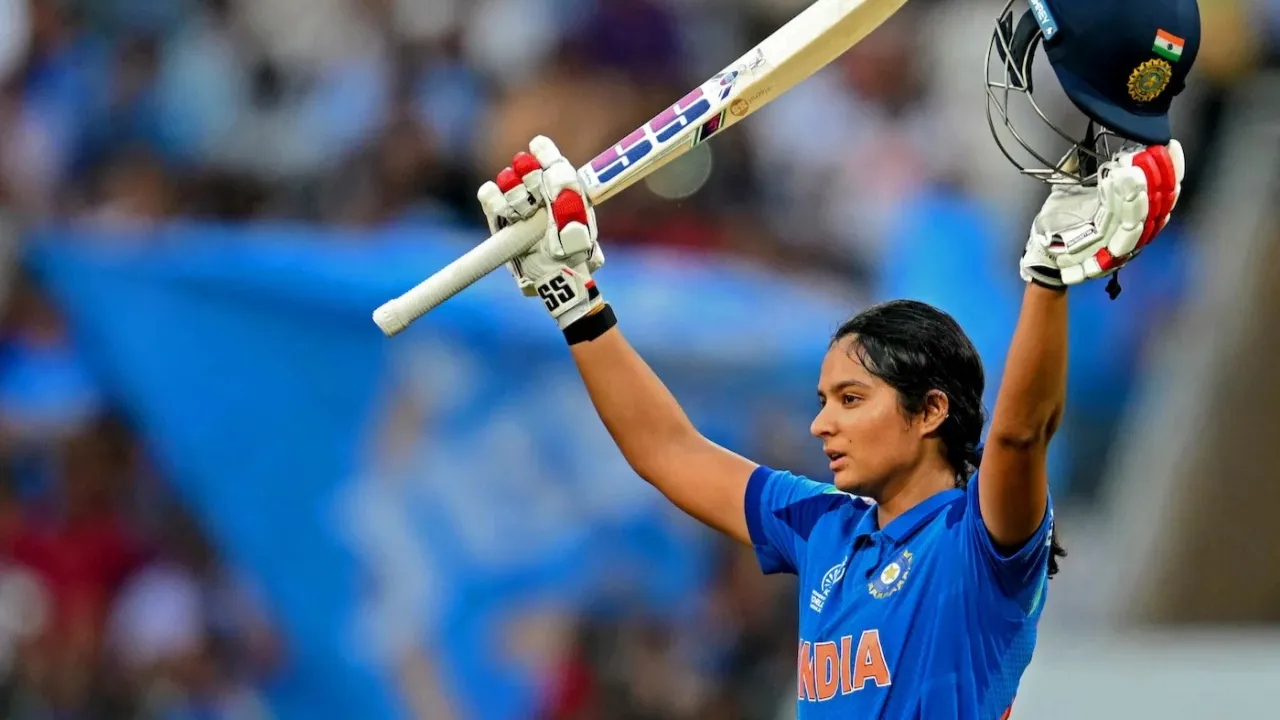
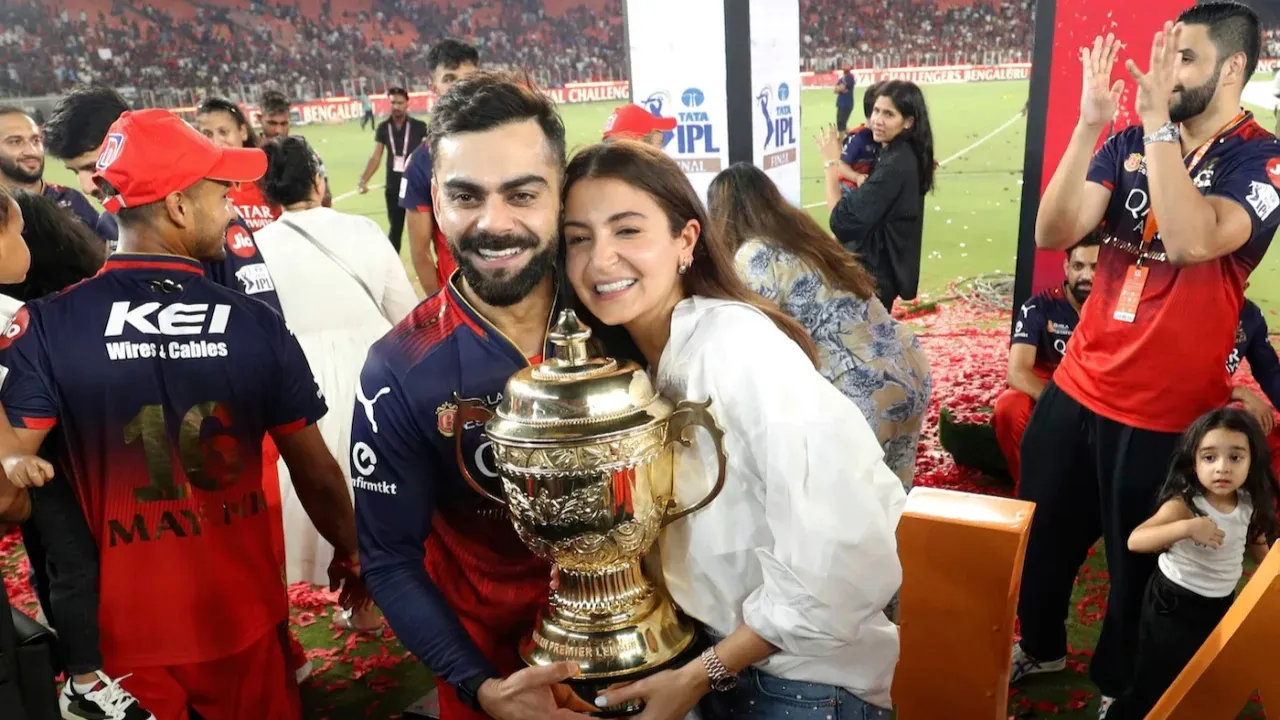
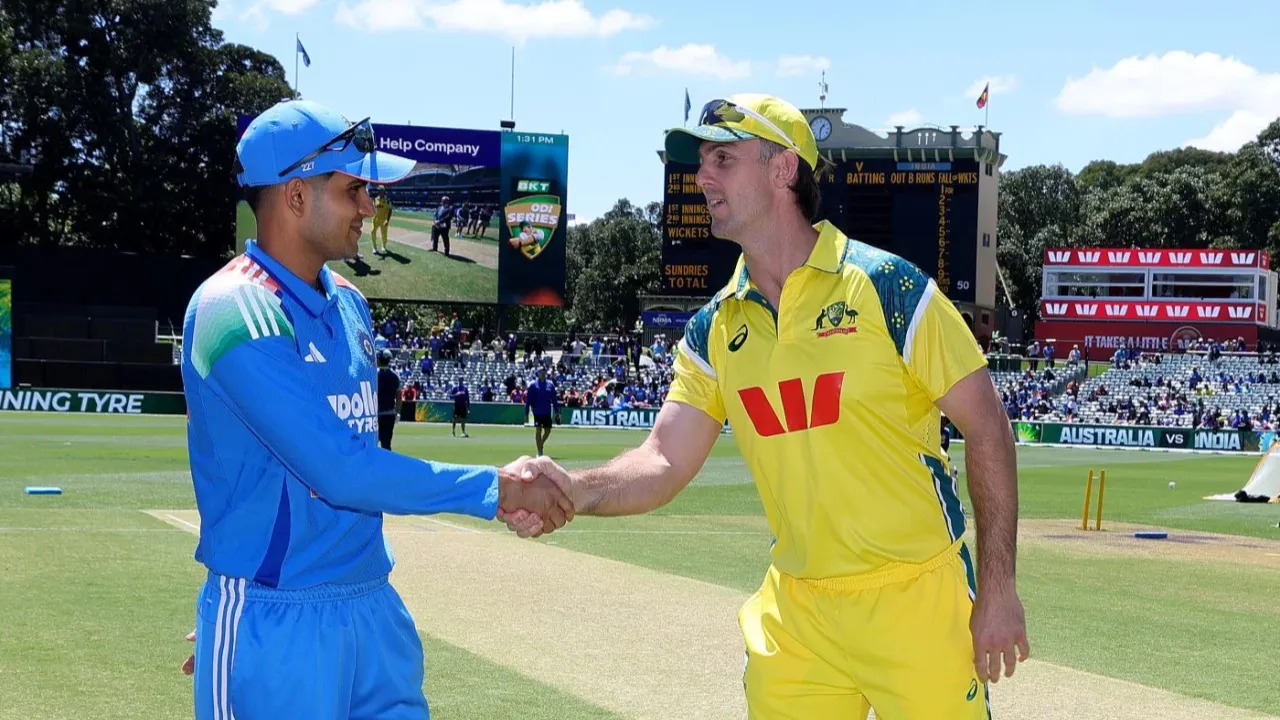
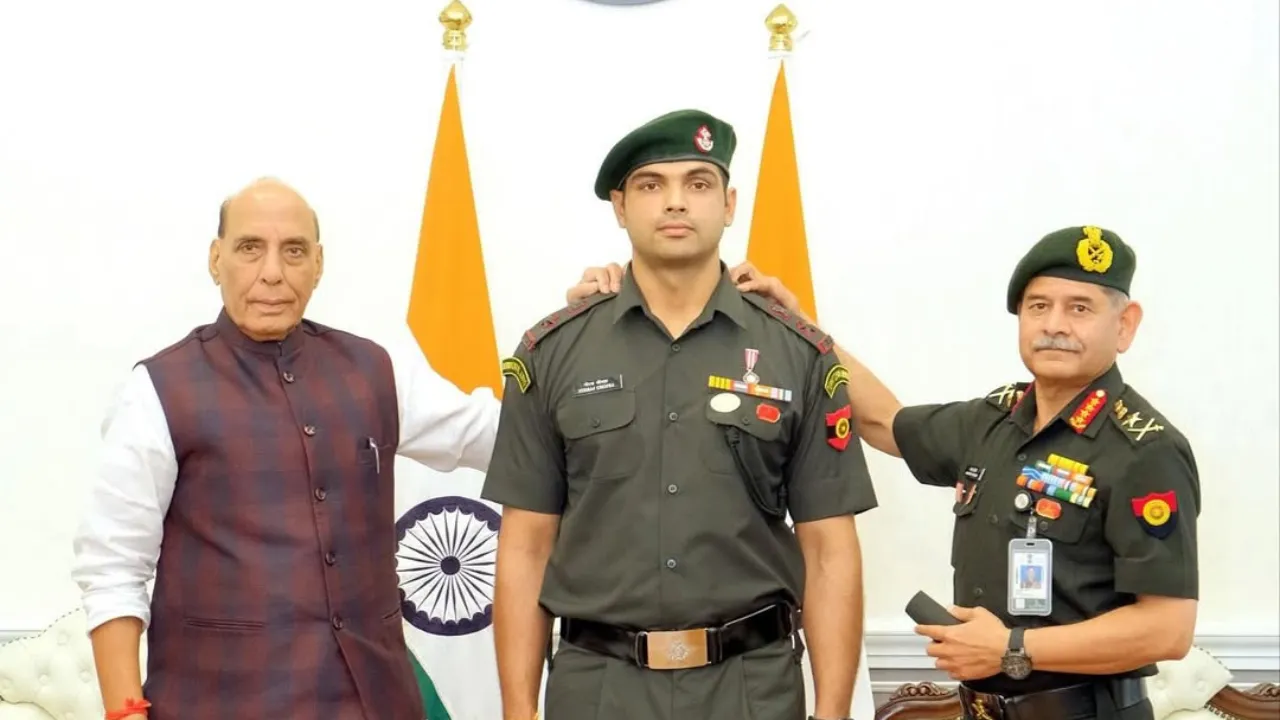


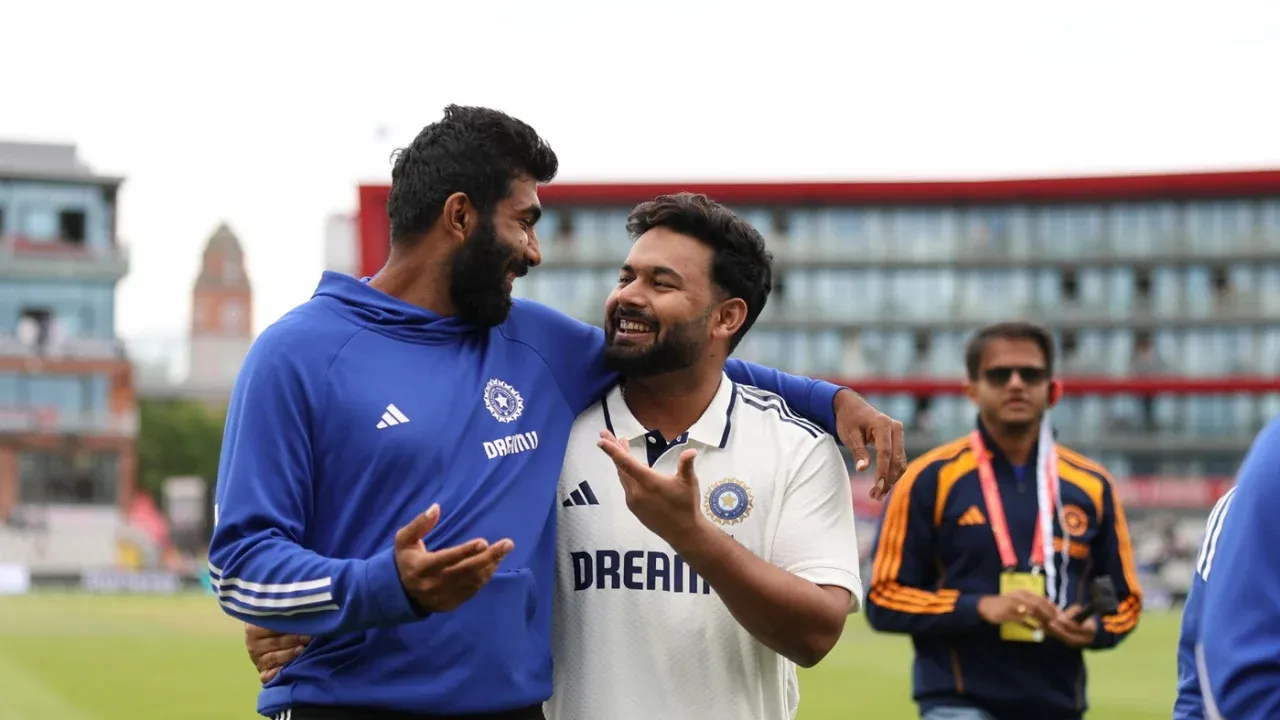
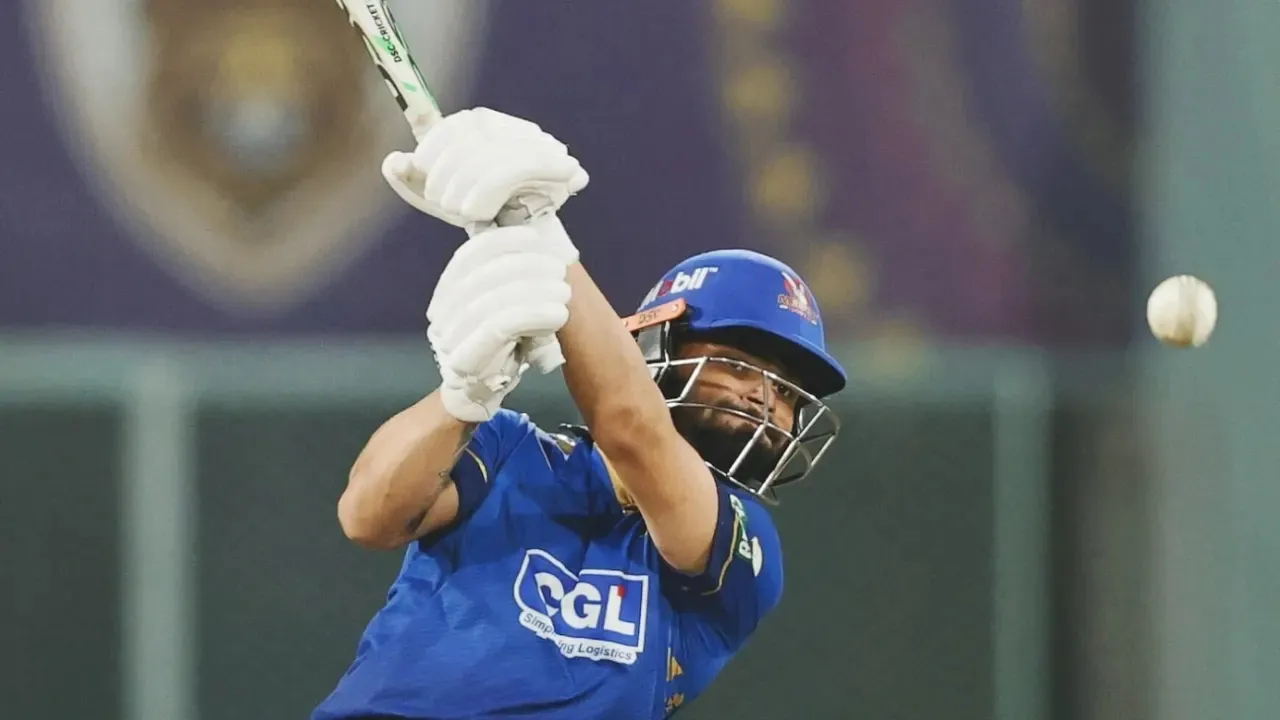
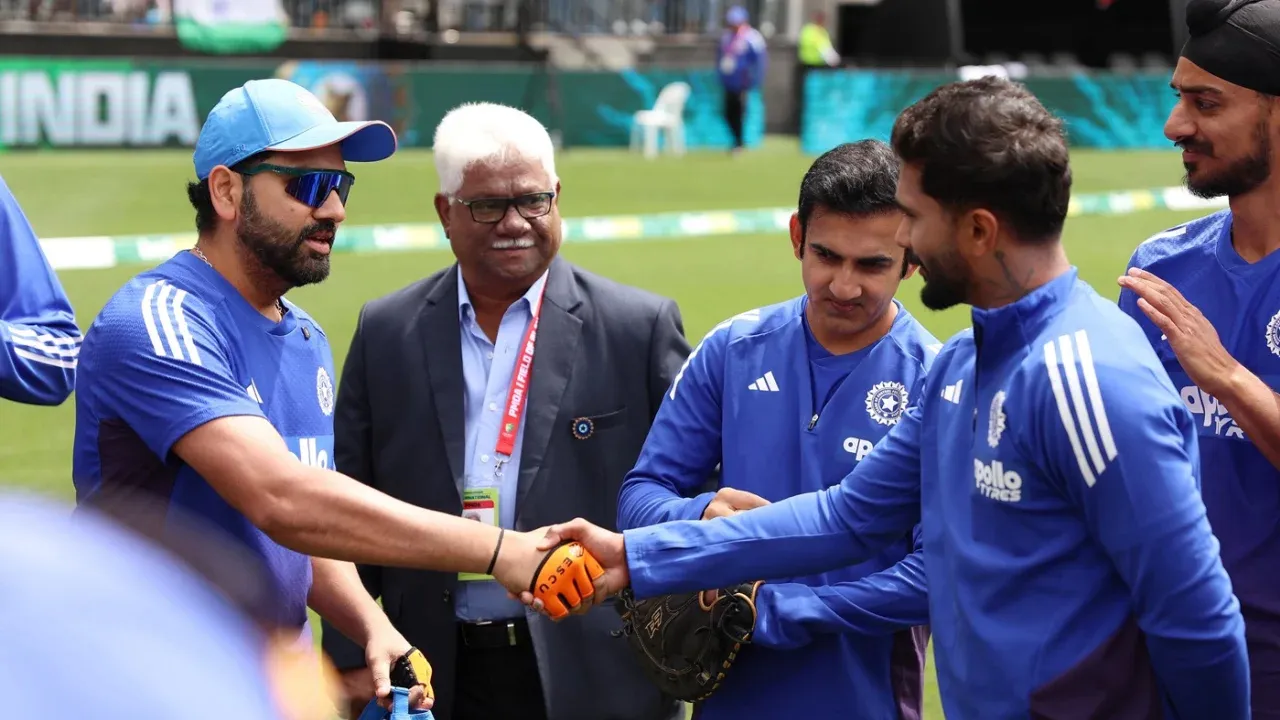
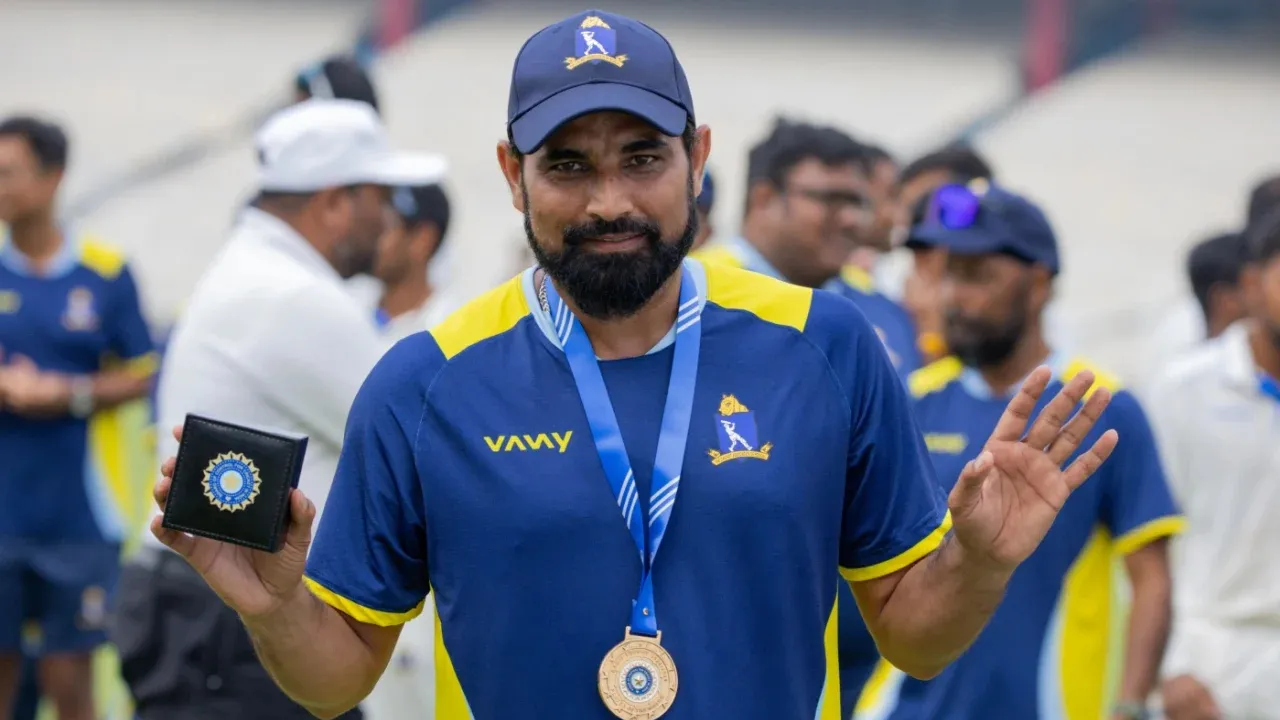

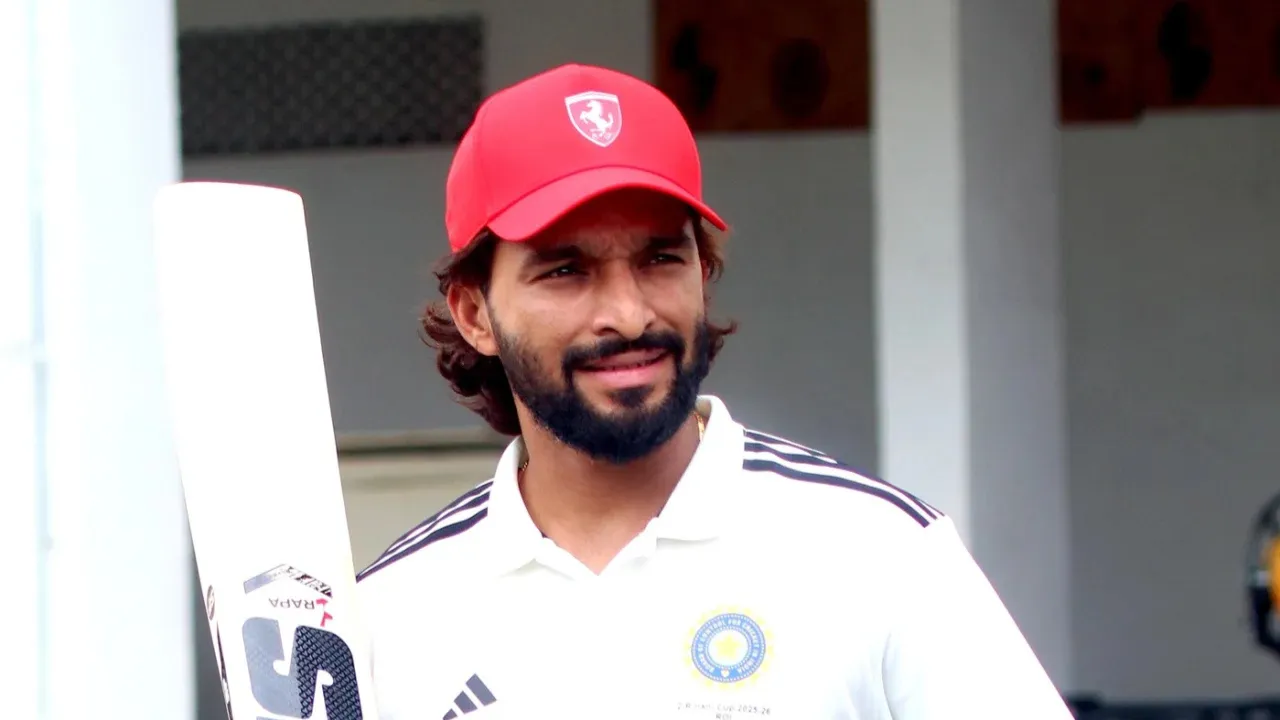

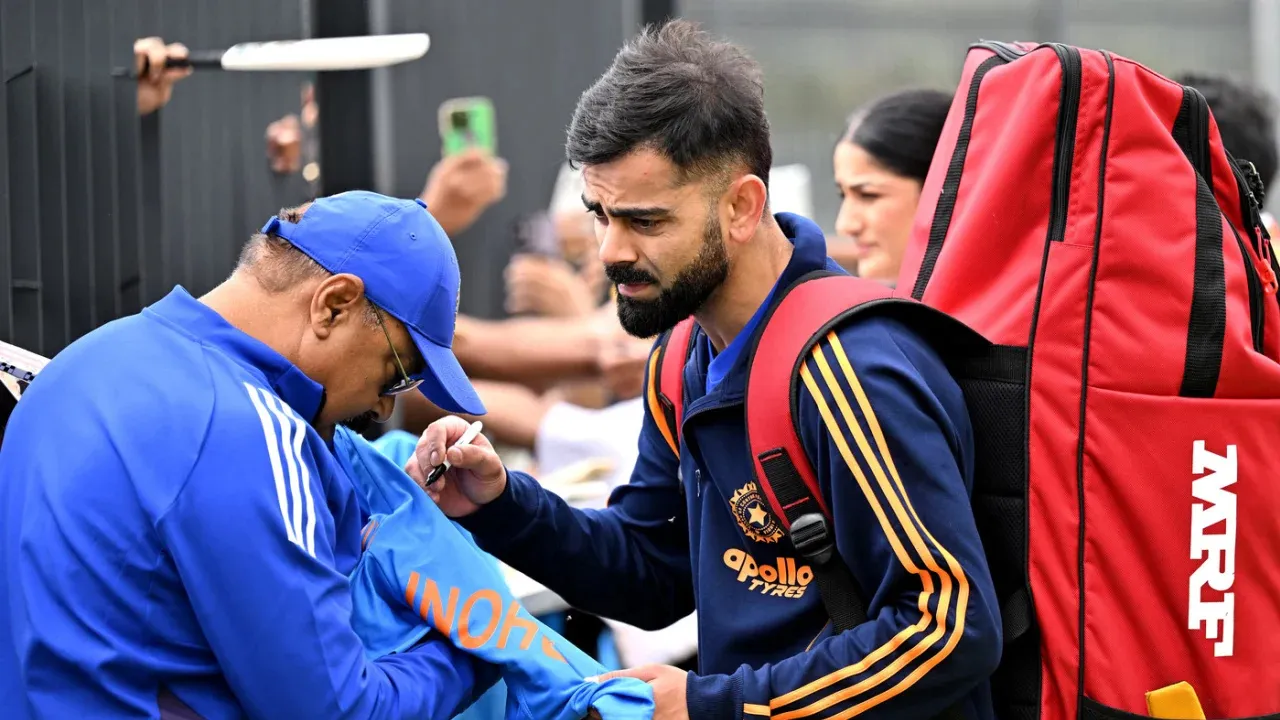
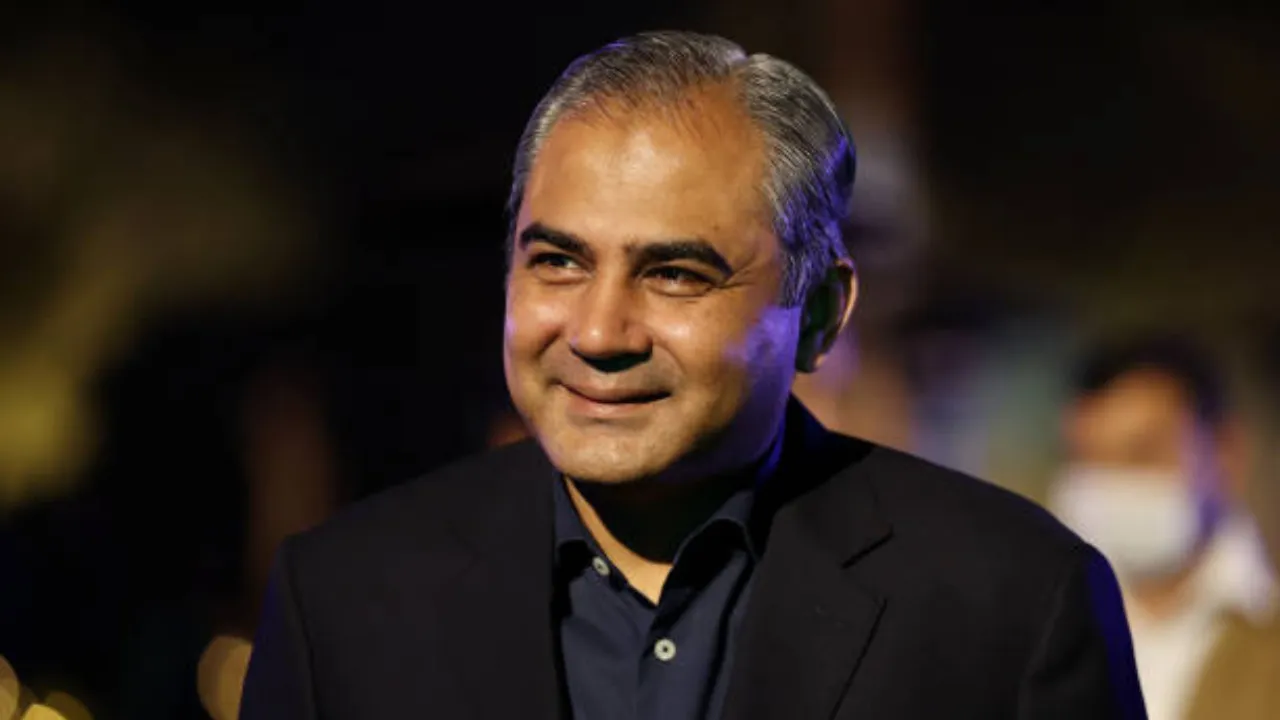

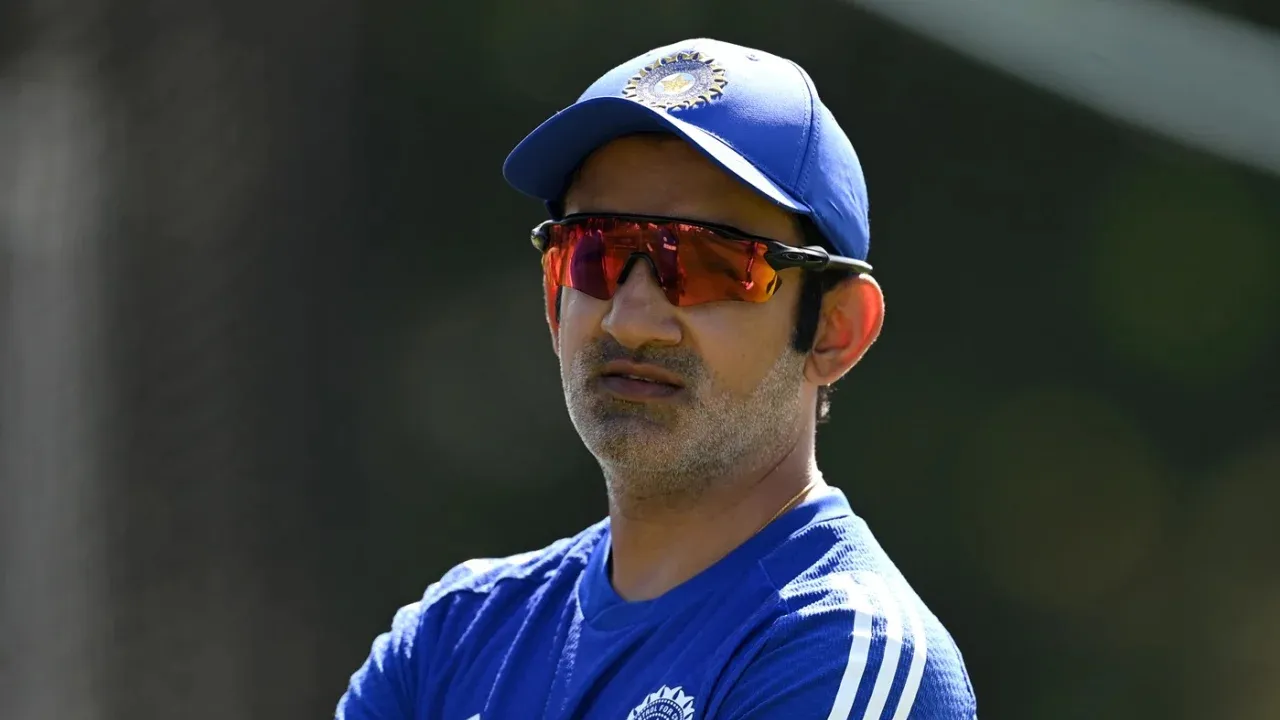
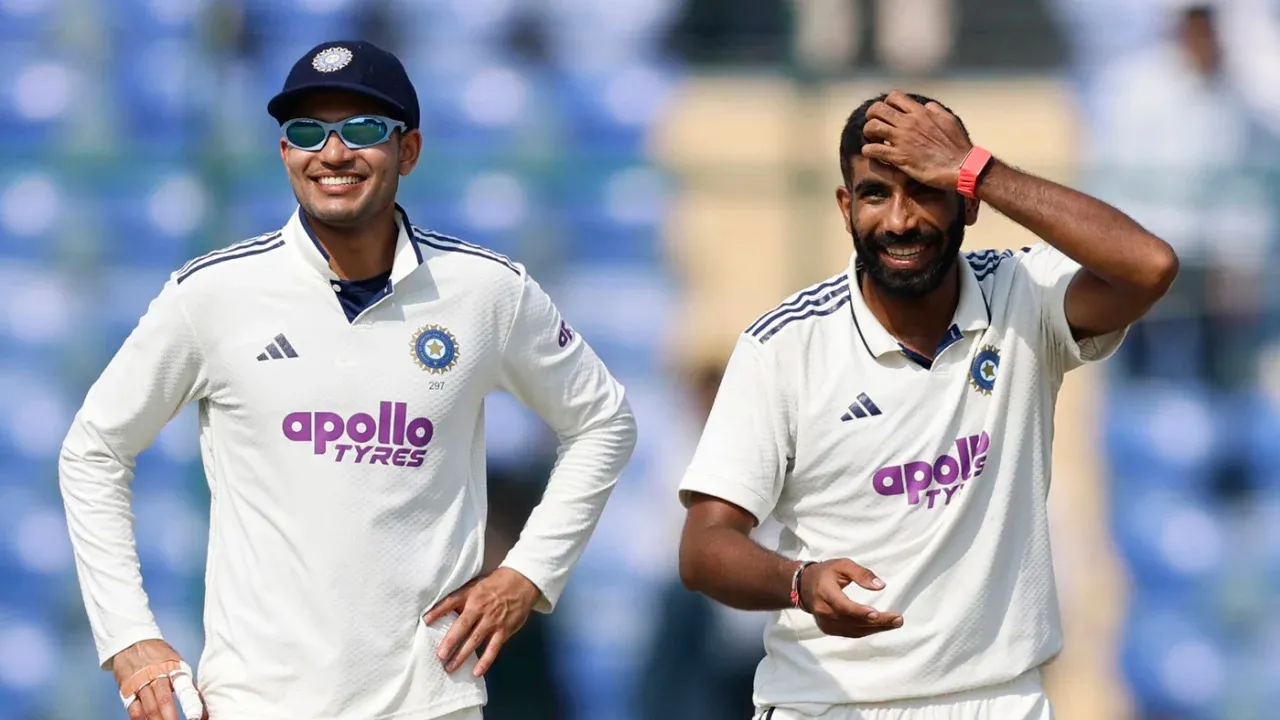
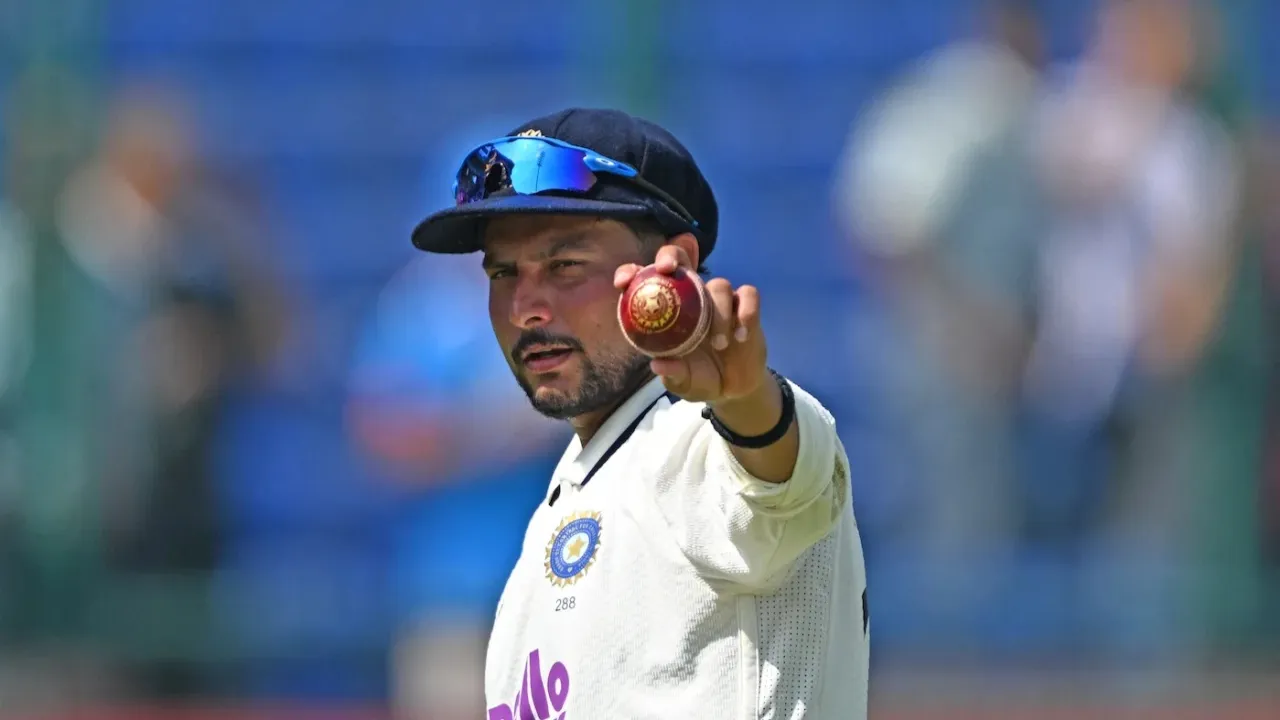


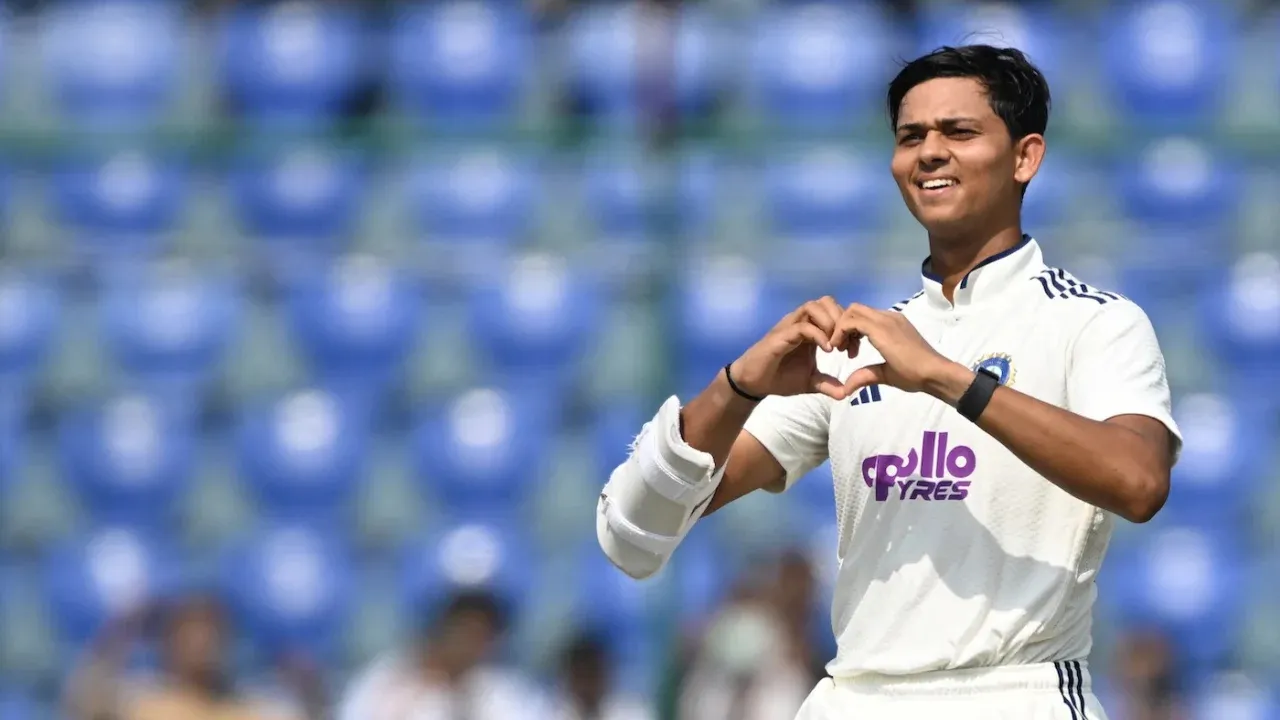

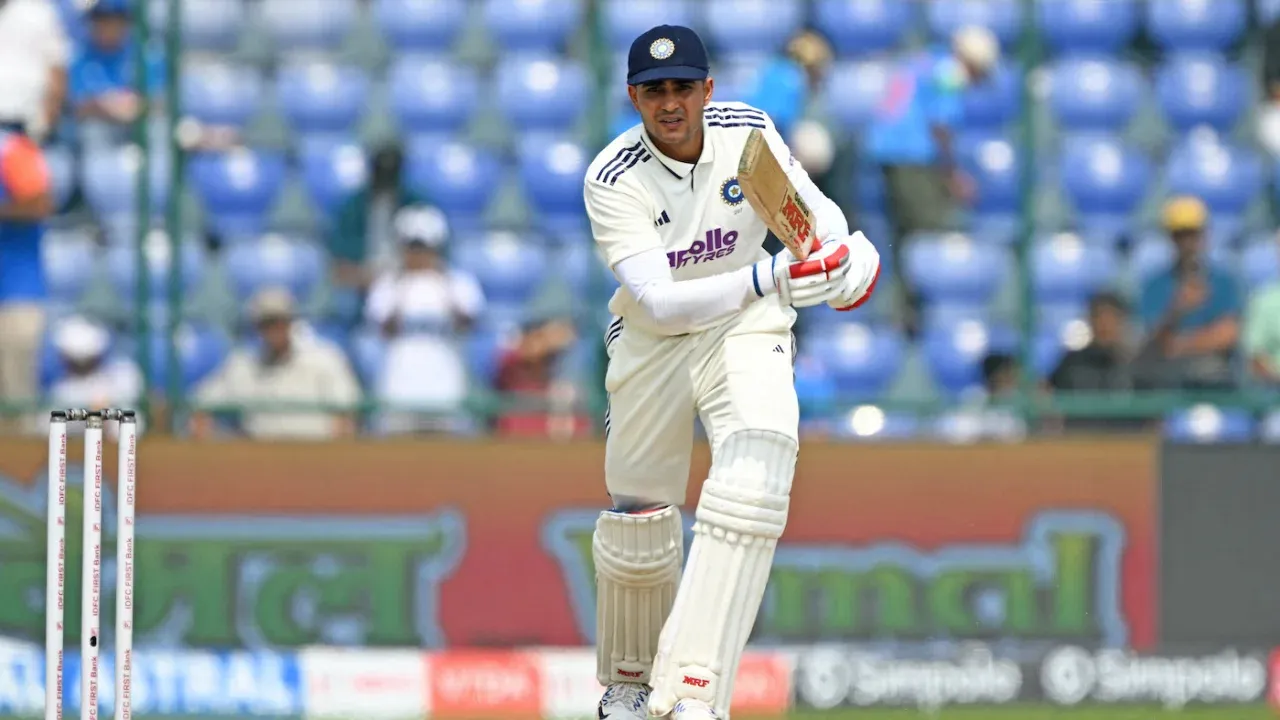
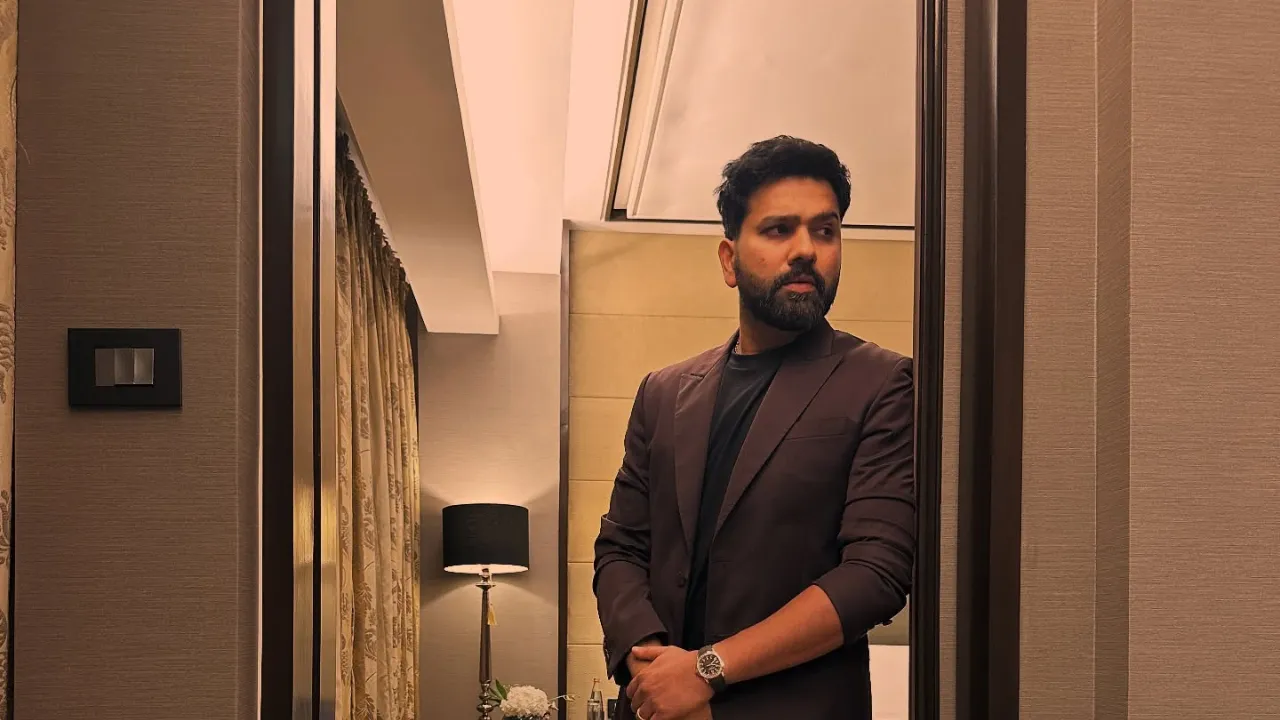



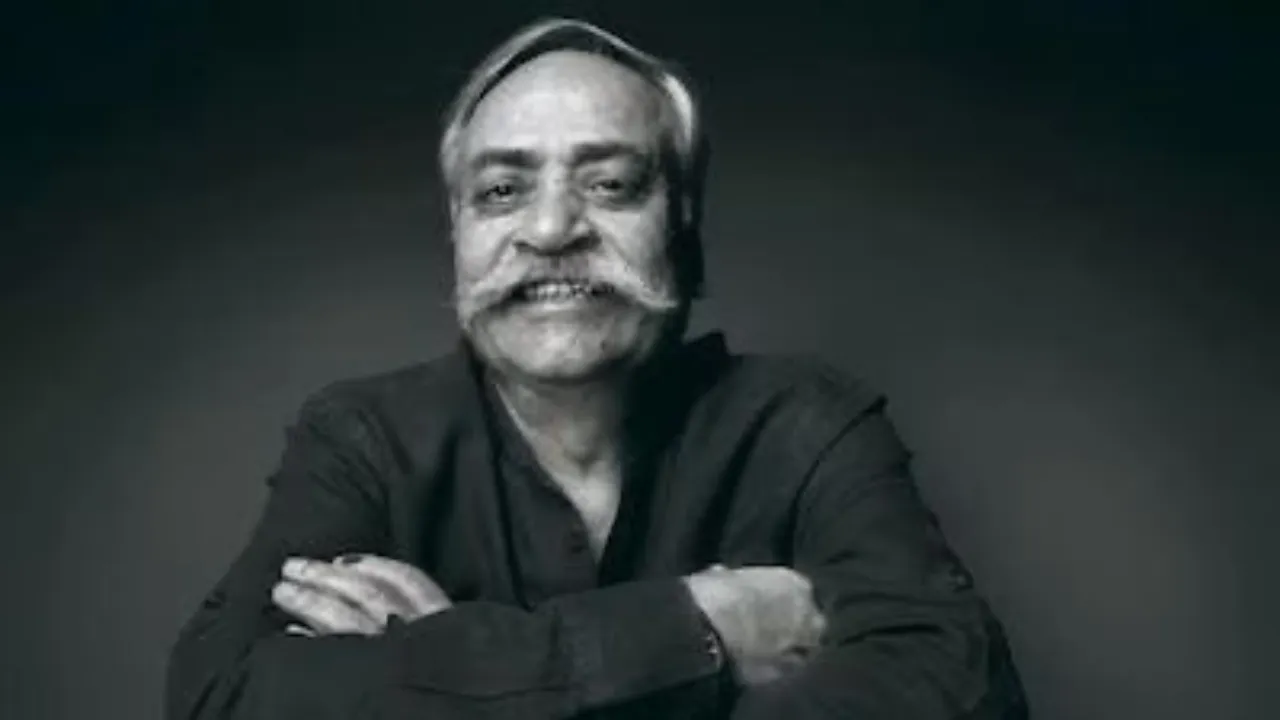

Ravi Shastri Breaks Silence on Family Travel Diktat!